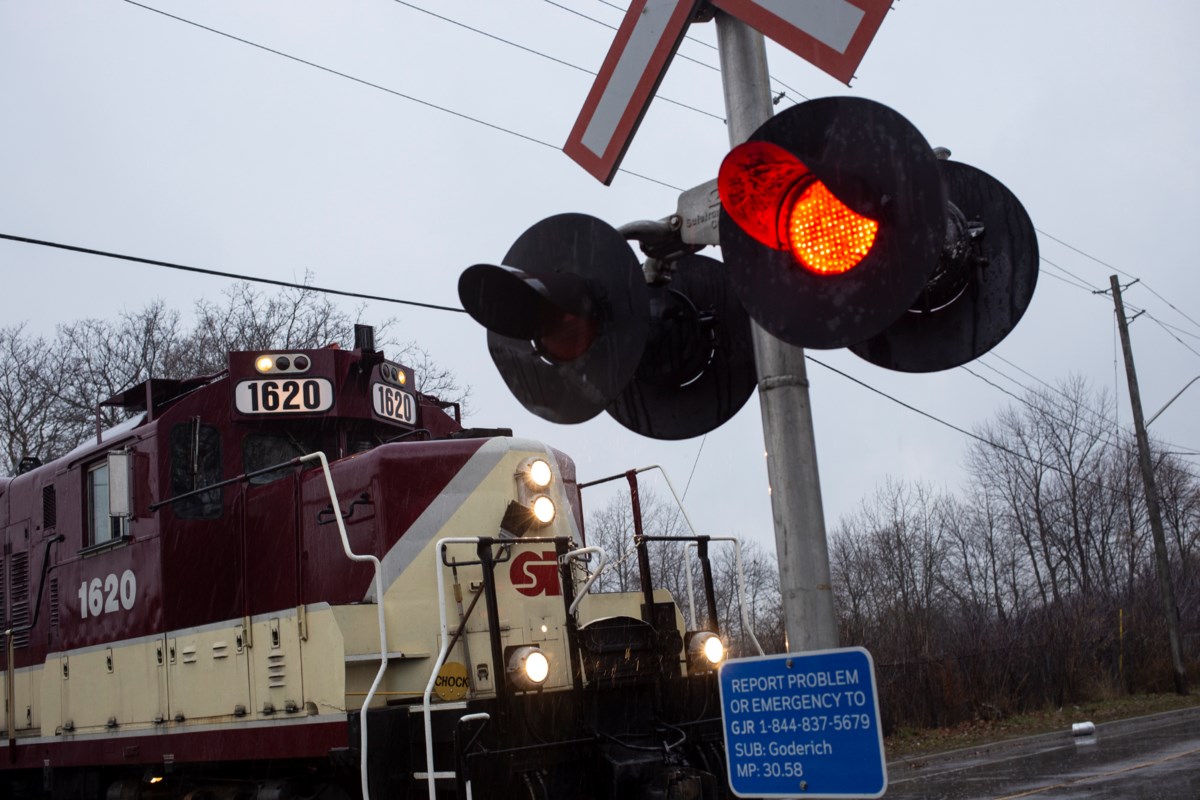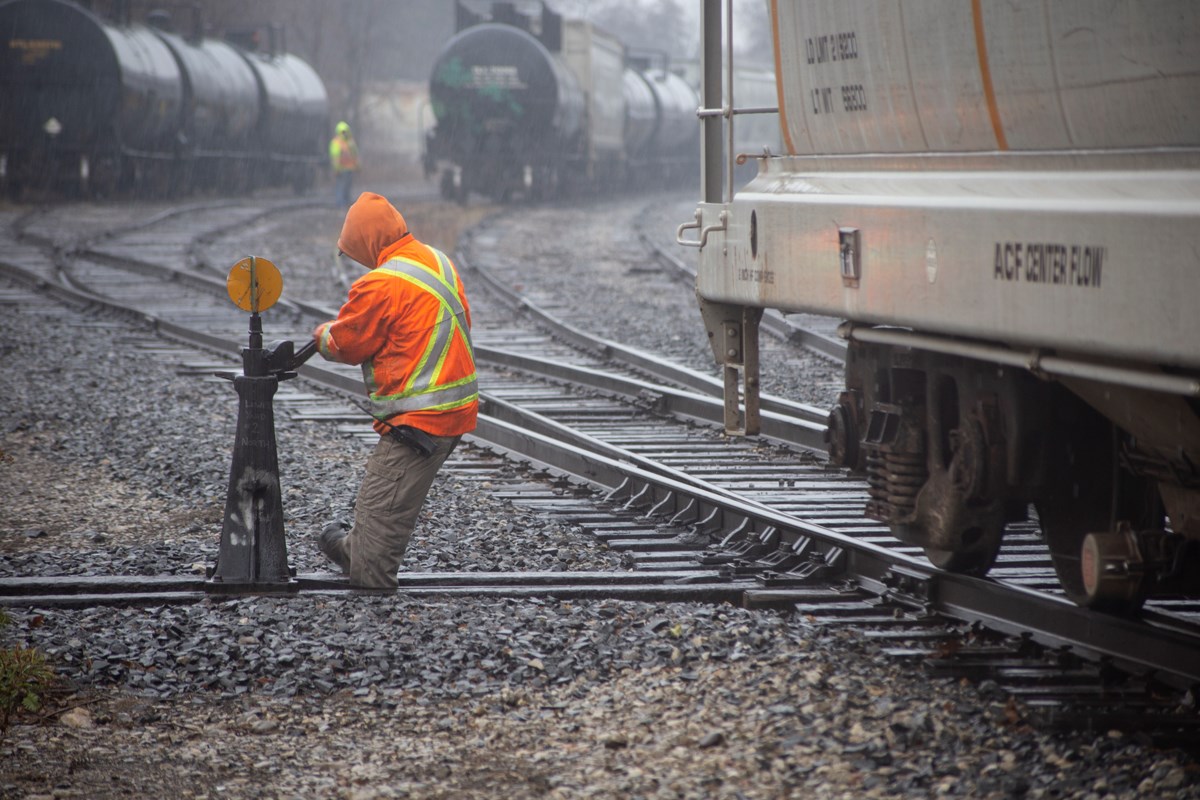Agree to disagree here. Beyond CAMI, their traffic is rather light. They rarely end up in St. Thomas and Tillsonburg more than 3 times per week.
You can disagree all you want, you're still wrong. The carload numbers don't lie.
Doesn't make it a financially responsible decision though.
That's their problem. You're not a shareholder, are you?
Sure, but just because something is old and cheap, that doesn't make it economical. Take for example, the FP9s they own. The FP9, thanks to its carbody construction is difficult to maintain and has poor ergonomics, particularly for the operation that OSR runs, where switching and reverse moves are very common. They would have been better off in museums. Of course, then there is the numerous MLW locomotives that they own, of which parts and know-how are scarce, especially given that MLW was purchased by Bombardier and stopped producing locomotives 40 years ago.
I'm not going to disagree with the Fs. They aren't great for freight. I know why they bought them, so that's their problem. That's also why they aren't used often.
As for the MLWs, that's not remotely close to the truth. The specific parts of the MLWs are extremely common on the open market. There are organizations making brand-new parts to keep them running. And what isn't specific is shared with other locos of their vintage and even newer.
And then there's the fuel economy angle, as Paul touched on. Quite a few of the guys at OSR have said many times that if it hadn't been for the MLWs historically they would not have afforded to be able to keep running. They use about 25% less fuel than an equivalent EMD loco.
I am aware of this, which is why I acknowledged that in this specific instance that they may have been wanting out of a bad contract. With that said, GJR was one of OSR's biggest operations, so the loss of it is serious.
It's substantial, yes. But is it going to result in their downfall? Nope. Hell, I suspect that they feel that they are on better financial footing with it out of the way.
I perfectly understand the factors which have led to this situation, but those factors are so clear, it is surprising that OSR ever took the line in the first place.
Then no, I don't think you do understand. OSR took on a contract from CN to service the line, because it was no longer cost-effective for CN to do so. If OSR didn't feel like the traffic justified it, than they would have just told them "no". That they did means that either they did feel that the traffic could be justified, or that CN threw in incentives to make it worth their while.
As to which one of those you think it applicable, I'll leave that to you.
The end of service is not a good thing though, as it will almost certainly lead to abandonment and removal. They are expanding some transload facilities in the north end of Tillsonburg, but it is important to realize that these facilities only serve Future Transfer (Univar) and not any of the customers that they lost, such as Adient Seating or the ethanol plant. Transloading is also a rather poor solution for most customers, as the additional costs and complexity compared to delivering a car direct to a siding make trucking more economical in many cases. In addition, by losing network footprint, they have less adjacent land to their tracks where potential customers could locate to recieve rail service, meaning that they have less ability to grow in the future.
The ethanol plant will be trucking their product to the transload facility. I don't know about anyone else, but apparently they have made the facility available to existing and new customers should they be able to use it.
Yes, it is a poor solution. But it may also serve as a bridgehead - if the traffic level increases and gets to a critical mass, then the question will need to be asked: "can the bridge be justified?"
Dan

 www.guelphtoday.com
www.guelphtoday.com






